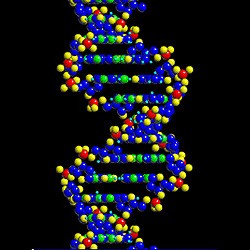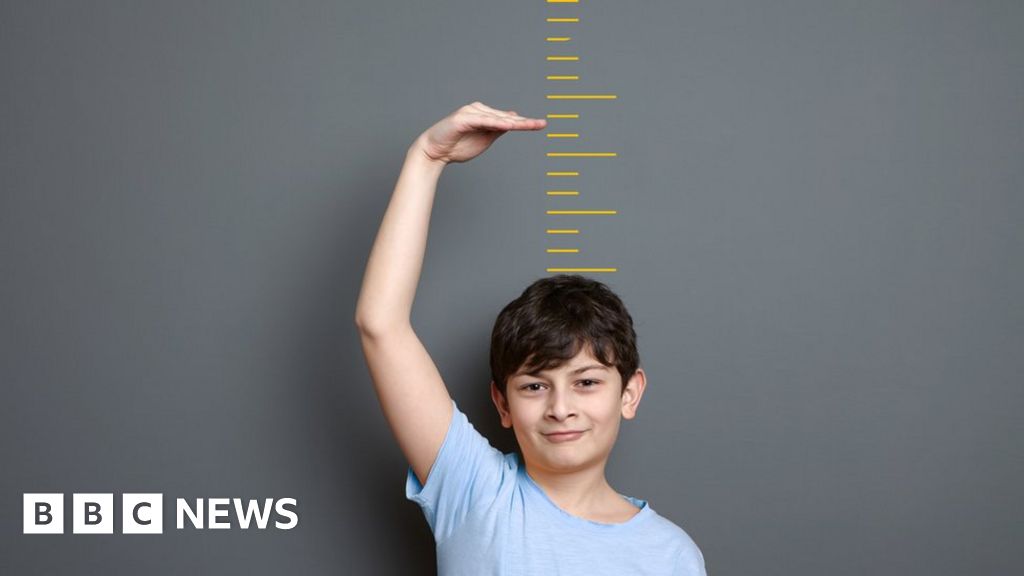owen87
Premium Gold
- Apr 23, 2016
- 30,959
- 43,404
- AFL Club
- Essendon
Would they dominate nowadays against modern midfields today?
Doubtful they'd win too many clearances.
Follow along with the video below to see how to install our site as a web app on your home screen.
Note: This feature may not be available in some browsers.
Would they dominate nowadays against modern midfields today?
Heights in order:
181cm
184cm
187cm
179cm
188cm
181cm (could've sworn he's smaller than that).
Height can't change how easily you can pick the ball off the ground, how agile you are and how skillful you are. The 3 most important traits in AFL by far, if you have those 3 traits you've got a really good chance of making it, if not you're fighting a massive uphill battle. The average height for men aged between 18 - 24 in this country is apparently 177.8cm. You're more likely to find someone of those three qualities of a height closer to 175cm than 190cm.
If you were to look at the best non-KPP/ruck position players between the ages of 18 - 23 you'd find that most of them don't fit the bill of being 'tall'. Rowell is dominating contests at a height of 180cm. In fact, I've looked at the best inside midfield prospect from the 2018-22 drafts and all but one are shorter than 183cm tall.
We're getting taller and less intelligent.
Being shorter definitely does make it easier to get ground balls, all things being equal. Simple physics. Who'd you rather have crumbing a ground ball for a goal, Max Gawn or Kossie Picket?
Takes too long for the blood to get to the brain.
World's tallest country (the Netherlands) has now plateaued.Everything else being equal, you're better off to be skilled and tall than skilled and short in a contact sport. Given that the average height has been increasing over time, and the talent pool has increased over time, we're seeing a larger proportion of taller guys with good skills than we did once upon a time.
There'll be a plateau height-wise of the population at some point IMO, as a lot of the growth has come from better nutrition allowing people to reach their full growth potential than it is from the human population specifically and endlessly continuing to evolve to be taller.
Polly Farmer was a 191cm tall ruckman, James Hird was a 188cm tall CHF. Now 191cm doesn't really get you near a ruck contest, and would be on the shorter side for a CHF, whilst we're regularly seeing midfielders in the 185 - 190cm range. GAJ was nicknamed the 'little master' but at ~ 182cm was about 4-5cm taller than the average Australian male.

Adelaide forwards?Did you want me to list every single short player? People understand what type of players I was talking about by the examples I used. You obviously did.
It's 100% nutrition.
Do further googling, it's not 100% nutrition. Nutrition has meant we're seeing more people reach their genetic potential, but there's also been a trend towards humans getting taller over time.
It'll plateau at some point, perhaps whatever the average height in the Netherlands is will be about where that plateau is. But you'll also have elite sport selecting from a larger population pool, so it'll still trend upwards for a time.




Nothing is 100% and there are thousand of factors but increase in protein in our diet would be the main reason by a long way.Do further googling, it's not 100% nutrition. Nutrition has meant we're seeing more people reach their genetic potential, but there's also been a trend towards humans getting taller over time.
It'll plateau at some point, perhaps whatever the average height in the Netherlands is will be about where that plateau is. But you'll also have elite sport selecting from a larger population pool, so it'll still trend upwards for a time.
I mean just quicker to bend down. I think these days 175-185cm is probably ideal for a small forward role. You have some medium forwards like Bruest, Fritsch or Mihocek who play that role quite well.It's a balance; does Gawn simply mark the ball at a height that Pickett can't get up to? Does the ball come to ground because of a tall player to enable the shorter player to have a crumbing opportunity?
There's a point at which being shorter doesn't necessarily improve something like a ground ball gather. Caleb Daniel is 168cm, Eddie Betts was 174cm. Would we say Eddie was markedly worse at ground level due to being 6cm taller? Charlie Cameron is 181cm and also very good at ground level, despite being a full 13cm taller than Caleb Daniel. Conversely there's a point where being taller usually comes with trade-off of other aspects that limits a player, which is why we don't (yet) see ruckman sized midfielders. Blicavs is trying to break that mould though.
In terms of winning first possession guys like Libba, Viney, Prestia have been vital parts of premiership sides and Rowell is the best of those to come along in a long time.Height can't change how easily you can pick the ball off the ground, how agile you are and how skillful you are. The 3 most important traits in AFL by far, if you have those 3 traits you've got a really good chance of making it, if not you're fighting a massive uphill battle. The average height for men aged between 18 - 24 in this country is apparently 177.8cm. You're more likely to find someone of those three qualities of a height closer to 175cm than 190cm.
If you were to look at the best non-KPP/ruck position players between the ages of 18 - 23 you'd find that most of them don't fit the bill of being 'tall'. Rowell is dominating contests at a height of 180cm. In fact, I've looked at the best inside midfield prospect from the 2018-22 drafts and all but one are shorter than 183cm tall.
No you are wrong. This is a common fallacy and most people dont understand how evolution works because none of us really have a proper concept of time. "Evolution" by genetic change happens over many hundreds of thousands of years. You dont dont see evolution in a few generations. People often misconceive this because we cant really conceive what hundreds of thousands or millions of years actually means. Our genes dont change in a few generations - the environment does.
The "trend" you see over a few generations is not "evolution". Genes don't change in a few generations.
Common misconception.
It is nutrition + sexual selection + environment. NOT evolution.

Why have humans evolved to be taller over the last three hundred years?
Humans have not evolved to be taller in the last three hundred years. While the average adult height has indeed increased in many countries over th...www.wtamu.edu

Why are we getting taller as a species?
www.scientificamerican.com

The brain sensor discovery behind humans getting taller
Scientists say they've worked out how the body knows when to grow and start puberty.www.bbc.com

The breakthrough that reveals why humans are getting taller
Sensor in the brain tells the body that ‘we’re great here so grow quickly’, scientists saywww.theweek.co.uk
But yeah telling me to "google more" is condescending especially embarrassing when you clearly have NFI and are just dead wrong.
Now come back to me when you actually understand the basics of what evolution is and what it isnt.
